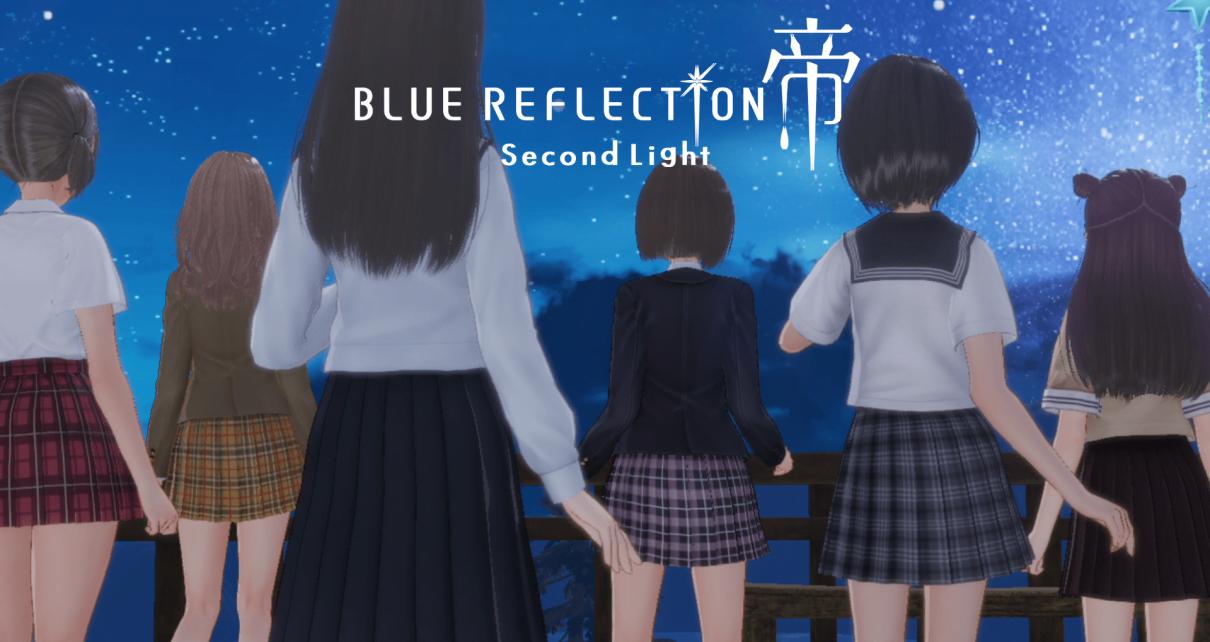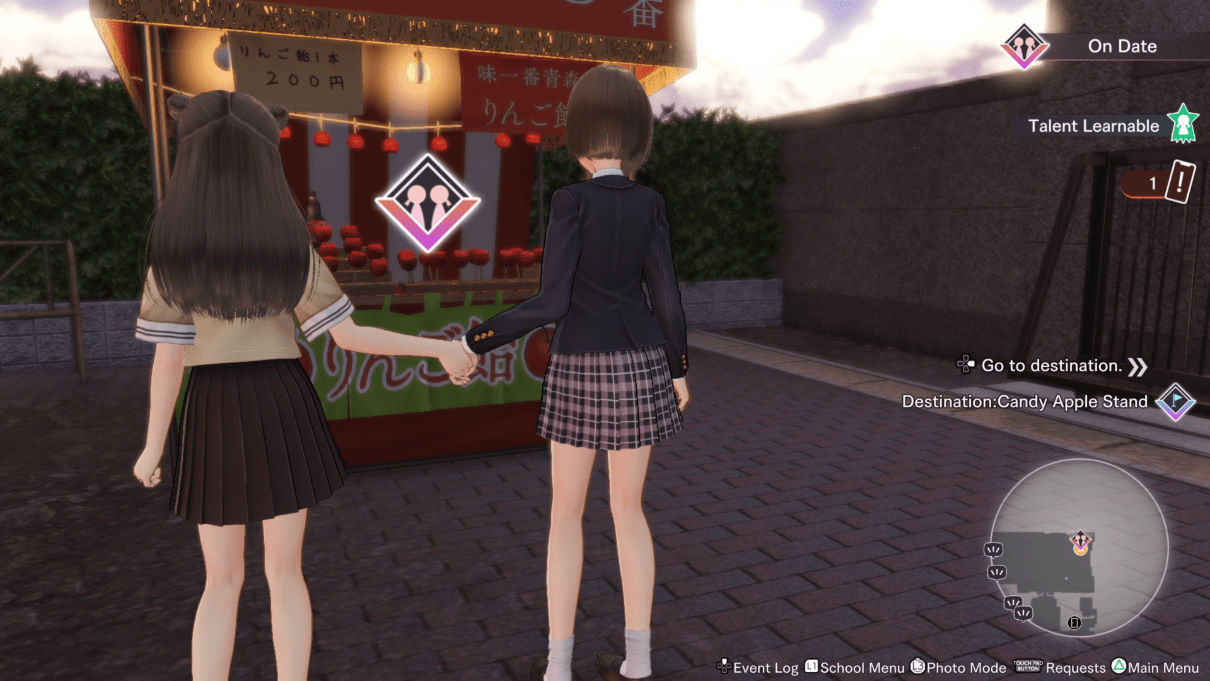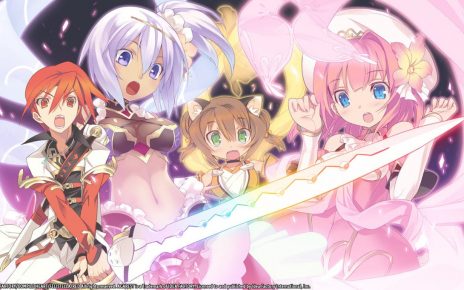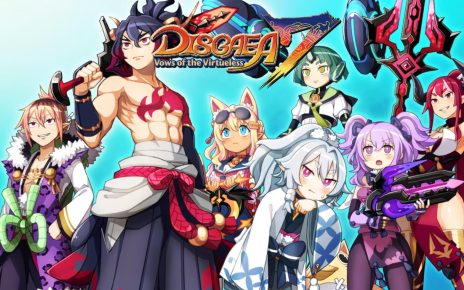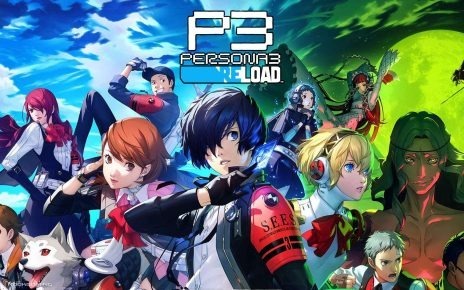Enjoy JRPGs, slice of life and girls love? Blue Reflection: Second Light may be the title for you. Developed by GUST, the creator of the well-known Atelier series, this is an adventure that fans of the genre won’t want to miss.
Reflector High
Ao suddenly finds herself in an isolated world. Originally on her way to summer classes, she instead appears in a mysterious school with only three inhabitants; Kokoro, Rena, and Yuki. Each of them has no memory of what came before and never thought about it until Ao’s arrival.
The world they live in is beyond logic. Cut-off from everything, it’s only a school building surrounded by water. Despite this, they have food, running water, and everything else they need to live. This is only questioned after Ao’s arrival and the thought of what came before is raised.
Ao acts as the driving force in Blue Reflection: Second Light. She makes the others realize what they’re missing, often triggers progression and initially their motivation is helping her to get back home.
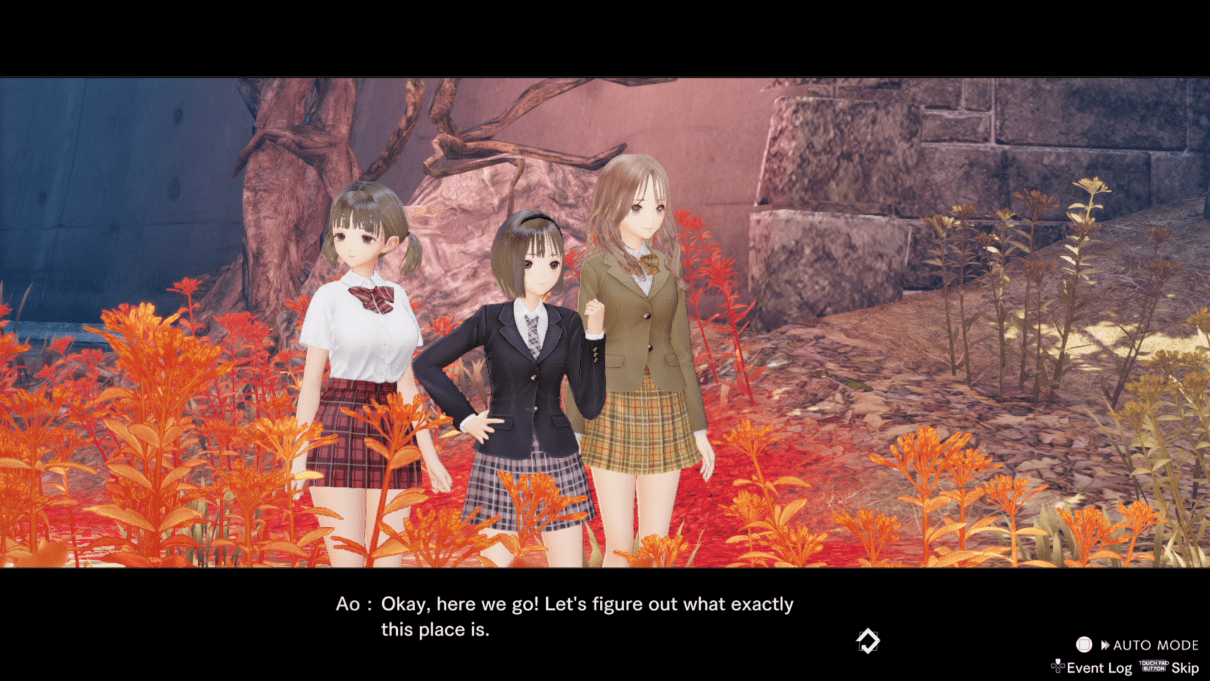
Unlocking Heartscapes
Memories are important in Blue Reflection: Second Light and the game has a fairly constant loop that emphasizes this. Something will trigger a character’s memory and then their Heartscape will appear; this is a world created by their memories and feelings. The party then goes to explore it and the character has to face memories of their past, often unpleasant ones.
After exploring the Heartscape, a character will get some of their memories back. With memories back, they then think of someone else, who then appears without their memories. Rinse and repeat. While the story is unveiled as part of it, the first seven of eleven chapters are partially character introduction arcs – and that’s not a bad thing.
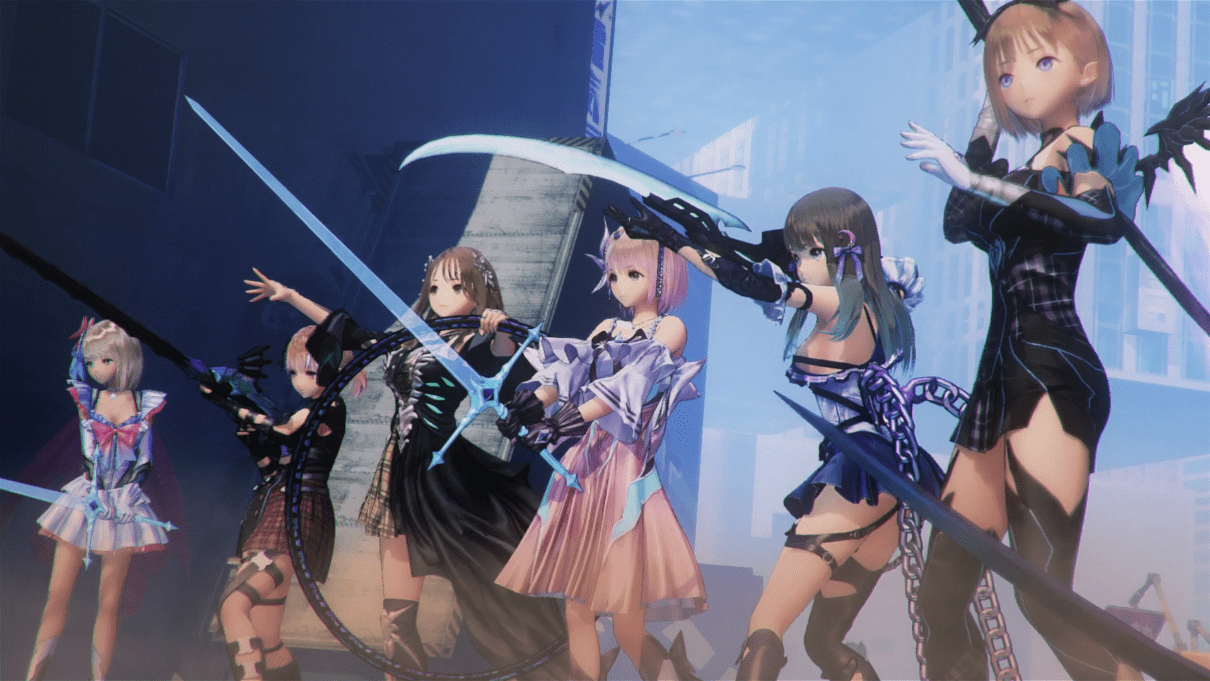
Magical Girls
As each character is introduced, we learn that they are all Reflectors – magical girls, using the power of emotion to fight. Through their memories of this, more is revealed about what happened in their previous world and what brought them to the new one.
Despite the magical girl theme, both the overall plot and character arcs have topics that some may find uncomfortable. Death, bullying, and exploitation are mentioned, amongst others. Most of the time interactions are rather lighthearted but don’t go into it expecting that the whole time.
Despite a rather large cast, almost every character felt unique, charming, and well developed. With that said, there were a couple of exceptions and much of their character development was through optional content, so is missable. Blue Reflection: Second Light is a game to ideally take slowly and explore, rather than to power through the plot.
Smell of Lilies
A lot of the story is spent in that loop of character reveals and the search for memories. Alongside this are those optional scenes of character development. These are what take up most of the playtime and where it is strongest.
Blue Reflection: Second Light is filled with slice-of-life scenes and cute interactions between characters. There is plenty of this in the main story, but even wandering around the school cut scenes will be triggered. Ao gets to know every one of her new friends and there are a lot of silly plot points like luring a character out of hiding with sweets to laugh at.
A lot of this time is spent talking about books in the library, doing things like running down the corridors or talking about food. There are also strong overtones of romance between Ao and most of the other girls. Often this feels like a joke, but occasionally it feels rather direct.
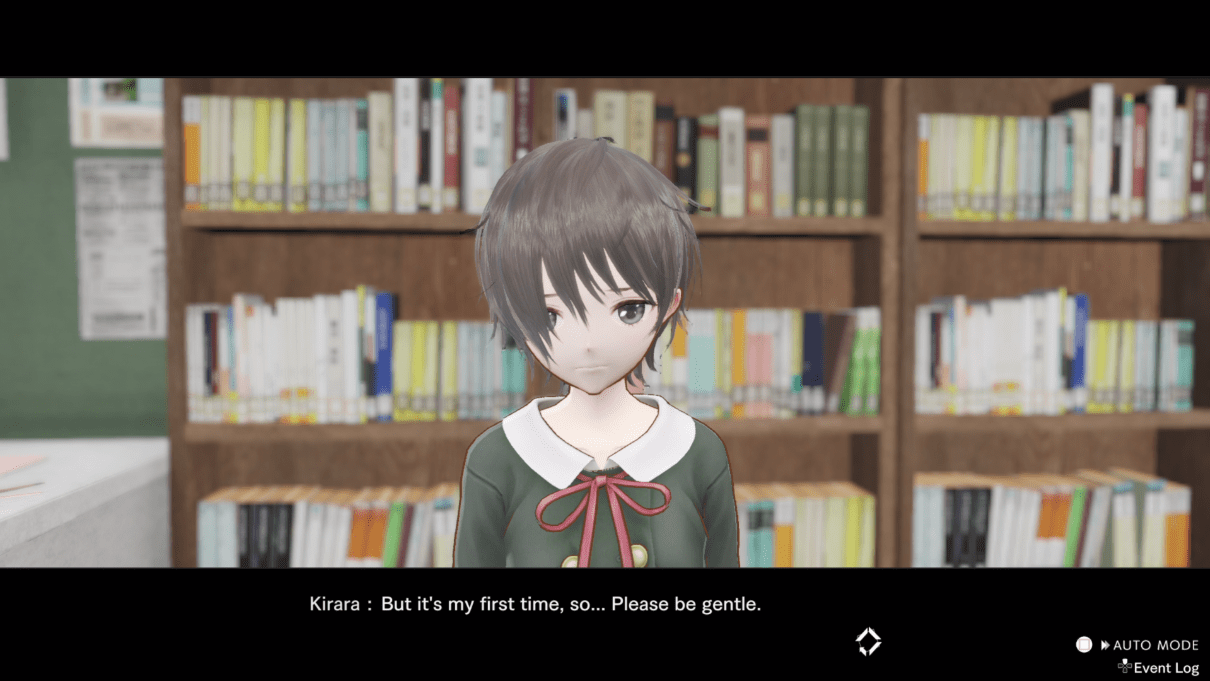
Along with fetch and kill quests issued by the girls, one of the ways that characters are developed is through Ao asking them on ‘dates’ or vice versa. In most cases, it only teases romance, but there are over one-hundred date cutscenes. These range from friendly activities together to cute moments where Ao asks “Why is my heart racing like this?” when holding hands and scenes of cuddling in bed together. On holding hands, a nice little feature is that characters begin holding hands on dates when they’re grown close.
When the topic of relationships between girls did come up more overtly, there were a few moments of ‘but we’re both girls!’, but there were also more serious moments. I felt a particular part here was handled incredibly well and in a surprising way for the genre.
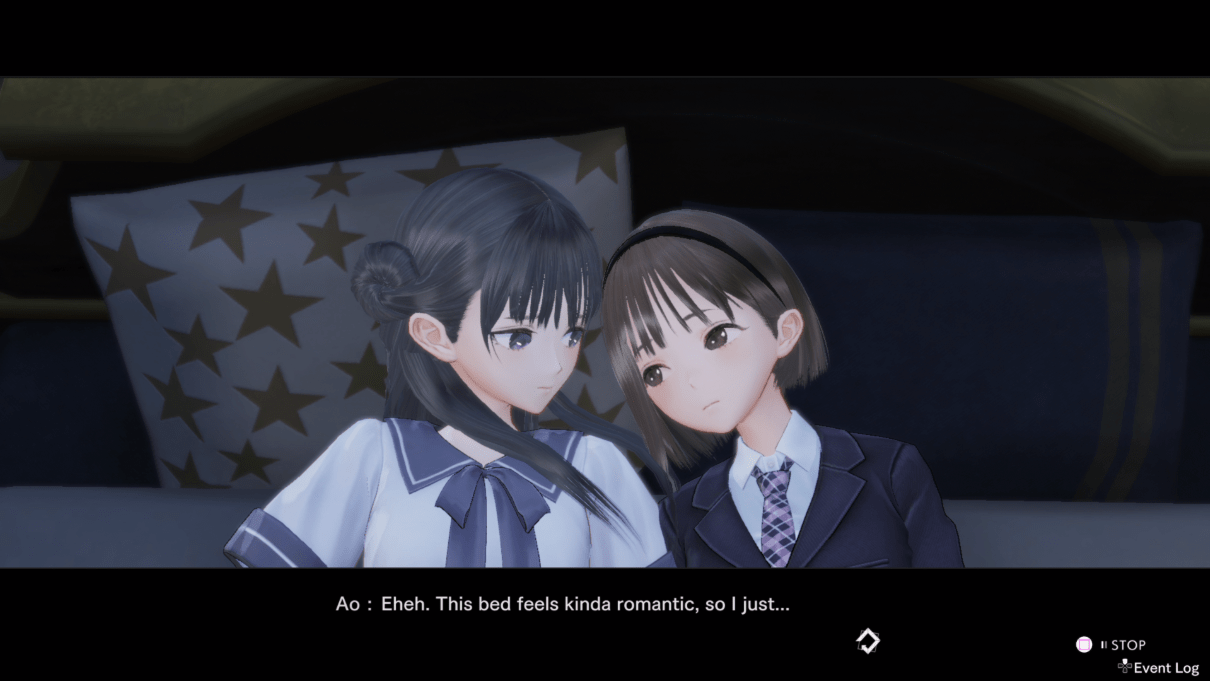
Complications in Plot
When I looked into Blue Reflection: Second Light, I was warned to not play it unless I had watched the anime, Blue Reflection Ray. It was stated in a few places that it was necessary to understand everything.
While the anime will certainly provide additional backstory and introduce you to some characters, I didn’t have any problems following the plot before watching the anime. All of the same characters were introduced well in the game too.
With that said, it’s worth noting that the plot did change in tone and start to introduce some complex backstory around halfway through. It was a serviceable plot but didn’t stand out as amazing. Having the additional context may help, even if it’s all explained in the game.

Final Transformation
It took 38 hours for me to reach the end, though that includes much of the optional content. As it came to a close, I felt that the final two chapters of Blue Reflection: Second Light are where it is its weakest.
Avoiding spoilers, I’ll mention a few points. While the conclusion of the plot made sense, several big points were introduced rather suddenly and with minimal detail. One incredibly important part was left mostly unexplained too. The epilogue also felt rather unsatisfying.
Alongside the issues I had with the plot, Blue Reflection: Second Light throws boss after boss at you near the end. A lot of old ground was retread only with additional bosses, some new areas were explored with multiple bosses and then there was a final boss. This made the ending feel rather stretched out.
Blue Reflection: Second Light doesn’t include any post-game content, unlike some of Gust’s other games. While this is a pity, it has so much optional content that can be accessed during the story that I feel it’s not a problem. It would’ve been nice to be able to continue and finish off some of the extras though.

Fighting Demons
The combat is rather interesting in this JRPG. Almost every time Ao and her friends enter the Heartscape, they need to fight demons – a typical magical girl requirement. Instead of a standard system where a character has MP or SP, they instead have an ether gauge.
The gauge increases to a certain point, displayed by icons moving over a timeline. Reach 1000 and it might stop, but you can then use an attack that spends 1000 points. Your ether is always recharging though.

As you use more and more attacks, the point your icon can reach on the gauge increases. You can go to 2000, 3000 or more. And as you can reach higher, the attacks you have access to also grow in number and become more powerful versions. And when your character reaches a certain point, they automatically transform into a magical girl. Later in the game, your characters will start higher and transform more often.
There is some strategy about when to use more lower-end attacks to try and ramp up your capacity versus using specific attacks that an enemy may be weak to or may inflict a certain status effect. Increasing the combo also increases a damage multiplier which can be taken into account.
With three characters and a supporter who applies buffs and items that you can switch into combat, you can control each one manually and micromanage. All but one character can be set to automatic which is how I spent most of the game. I liked this as it made it easier, but also let me easily override the automation if needed.
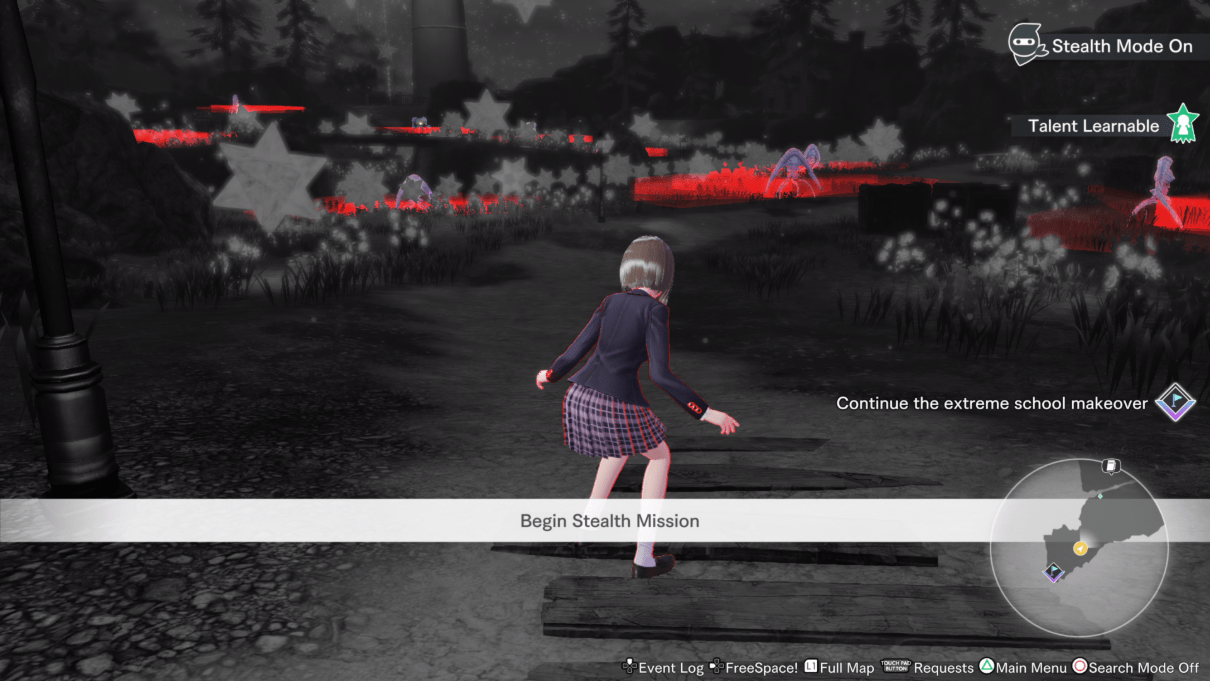
Plenty of Boxes Here
Surprisingly for a JRPG, there is a stealth function. While required occasionally, it is usually optional so you can choose whether to run through the Heartscape or sneak through. Triggering it turns the world grey, with the demons’ line of sight in red. Avoiding their view can let you avoid them completely in most cases.
Along with avoiding demons, using stealth to get behind them allows you to sneak attack. This gives you an advantage in battle. It’s impressive to have these sorts of systems in a genre not typically known for the gameplay. Some of the enforced stealth sections in the side quests were a genuine challenge too, but in a way that felt fun and fair.

Extreme School Makeover Planning Committee
Crafting is a large aspect of Blue Reflection: Second Light. Quite often the plot is spurred on by creating a new facility for the school, as are various side-quests. The making of items itself is not an incredibly in-depth system and the item effect is mostly varied based on the skills characters learn.
You can find recipes both mandatory and optional as you progress through the game. I only found one time where I needed to go searching specifically for items for a plot-related crafting requirement, but I did need to go searching for components for optional ones. As someone who doesn’t enjoy grinding for items, I appreciated that it wasn’t really required. And even when looking for them, a helpful guide was included for items on found a level – though this sadly didn’t include monster drops which left me cluelessly missing the ‘Warm Sand’ in Kokoro’s Heartscape early on.
Items themselves came in quite useful. I may have had a difficult time with some of the bosses without having previously created a rocket to shoot at them to apply a status debuff. All items used are ones created too rather than found – there are no health potions found in the wild, but if you create a sandwich then you can restore health with that.
The facilities were interesting too. As well as building them for progression, they each have some sort of effect. Whether it was a buff or dispensing an item, they were interesting to build and upgradable if the effort was put in. Some of the cutscenes around them were particularly fun too, with items such as a spacesuit and giant teddy bear.

Easy-Peasy
While it’s hard to classify this as a weakness, players may have a difficult time if they skip content and an easy one if they see it all. Through going on dates and fulfilling requests, characters earn talent points and unlock talent types. Talents unlock permanent increases in stats, better crafting, and more. Not only this but several facilities with helpful benefits are added, as are recipes for particularly effective items.
Normal and Easy are both available modes, with Hard only unlockable after finishing. I found Normal to be too easy, but I imagine that was because I had unlocked so much. Even bosses were stomped without any real issue, only needing to occasionally make use of items. I never died or came close to losing. That said, I’m the type that typically kills every monster and picks up every item I see. I just about reached the maximum level of 50 in the final chapter. It would’ve been nice if hard was available from the beginning though.
A more appreciated feature that added to the ease was quick travel. Being able to find a character and teleport nearby them, go to a particular room, skip to the second or third stage of a level or quickly transport back home from a Heartscape was incredibly helpful.

Beautiful Warriors
Blue Reflection: Second Light has beautiful character designs and incredibly varied worlds to visit. The artwork used for sprites is amazing too. With that said, character close-ups show textures that aren’t too detailed. Some lines seem jagged and pixelated at some distances too.
Character expressions deserve a mention. Some of them are beautiful and show emotion well. Some of them are exaggerated enough that it’s funny.
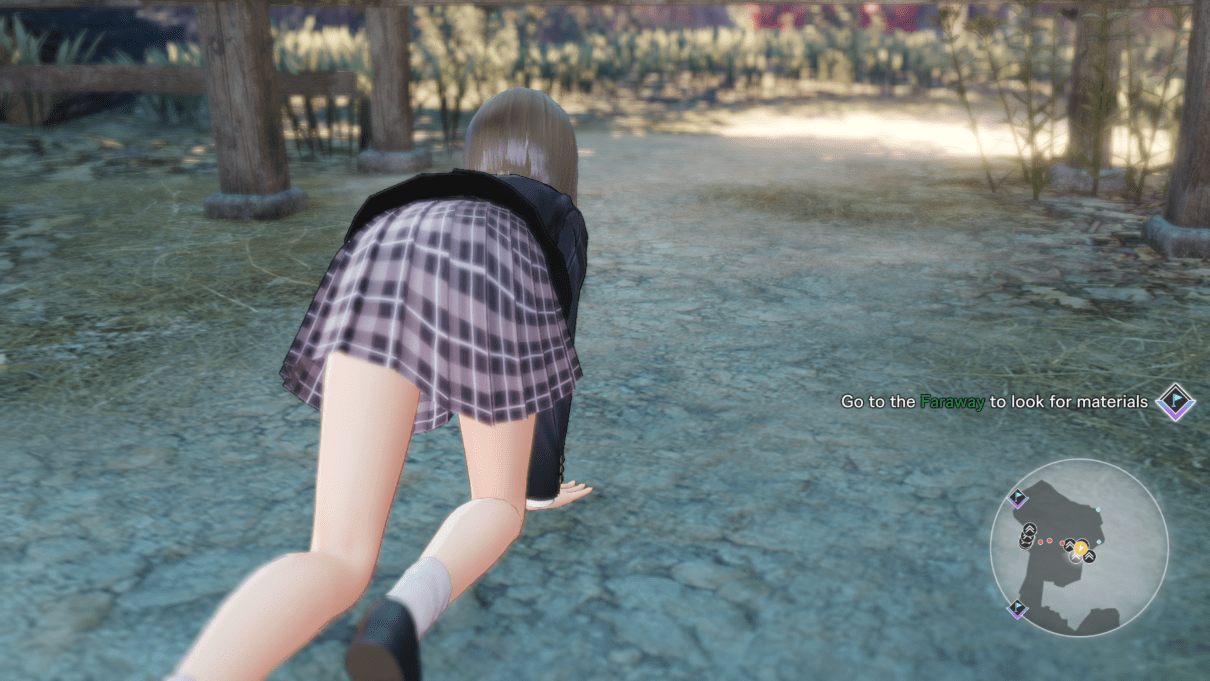
It’s worth noting that there is fanservice here too. Between shower scenes, some of the outfits being a bit skimpy, and the occasional jiggle physics, it’s certainly present. The DLC contains more fun outfits too, with dog-ear swimsuits and kitty-maid outfits being mentioned.
The voicing is in Japanese only and feels high-quality, with the voices all being distinct and suiting the character well. Not all scenes are voiced which is understandable considering the massive amount of cutscenes included. Typically important scenes are fully voiced, with less important scenes using relevant utterances instead.
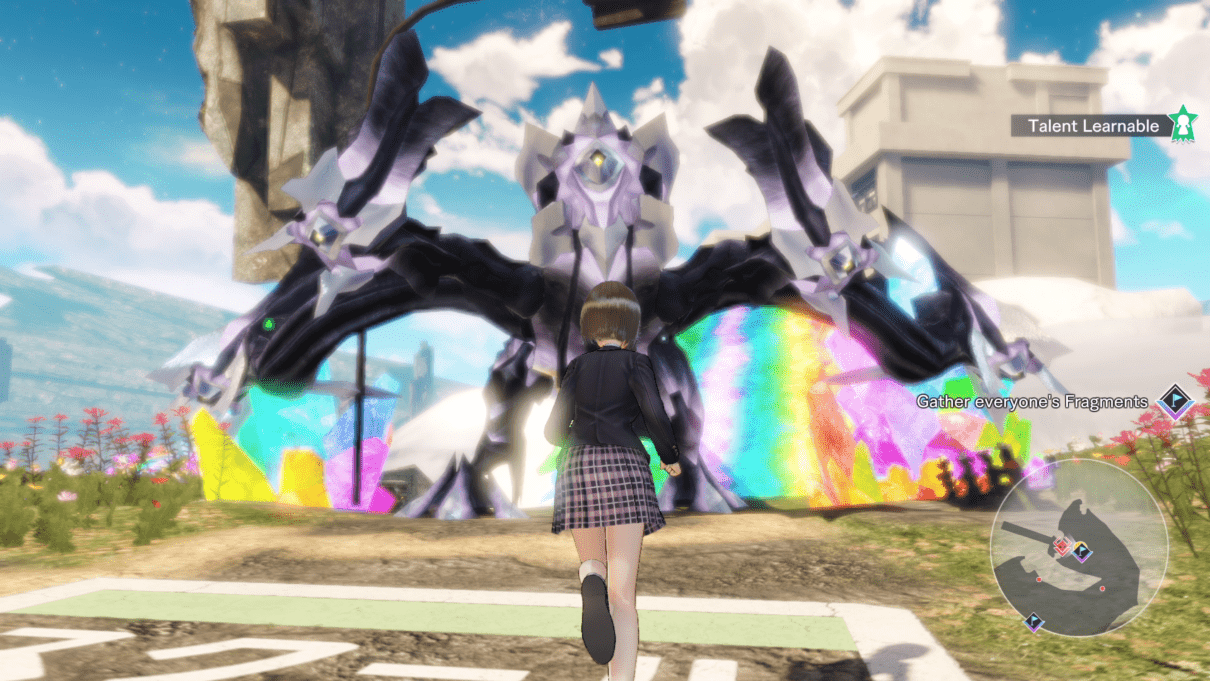
Verdict
While I had my issues with the ending of Blue Reflection: Second Light and didn’t feel the overarching plot was amazing, it easily won me over with its strong focus on the characters and their relationships. All those little moments stood out far more than uncovering the mystery of what happened to them. Supported by a particularly solid set of gameplay systems for a JRPG, it’s worth the purchase.
BLUE REFLECTION: SECOND LIGHT IS HIGHLY RECOMMENDED

If you enjoy JRPGs, perhaps you’d like to take a look at Atelier Ryza or the remaster of the earlier Atelier Ayesha?
Many thanks goes to Koei Tecmo for a PlayStation 4 review code for this title.

A gamer since the days of Amstrad and DOS and someone who has dabbled in a variety of professions. He enjoys a wide variety of genres, but has been focusing on visual novels and virtual reality in recent years. Head Editor of NookGaming. Follow him and the website on @NookSite.

